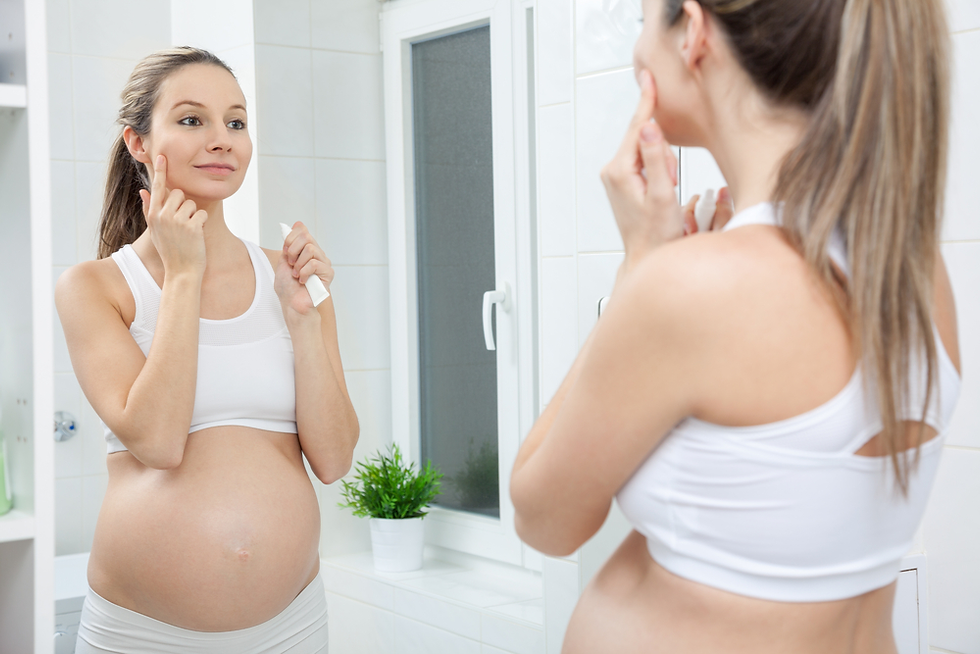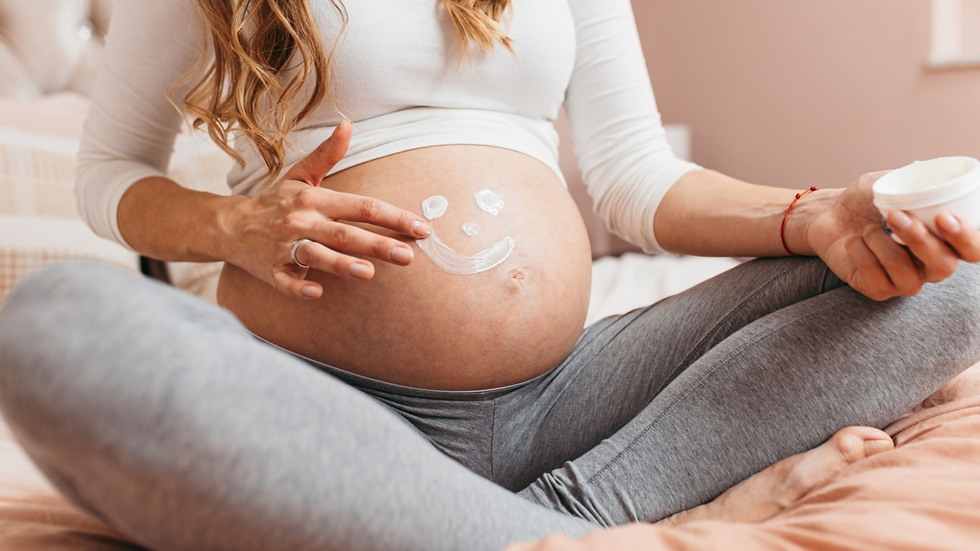Are Skin Whitening Treatments Safe During Pregnancy?
- aesthatic clinic
.jpg/v1/fill/w_320,h_320/file.jpg)
- Aug 4
- 2 min read
Pregnancy is a unique time when a woman's body undergoes many hormonal changes—often resulting in skin concerns like melasma, dark patches, or uneven tone. While the desire for clear, radiant skin doesn’t go away, safety becomes a top priority. Many women in Dubai look into skin whitening treatments during pregnancy, but are unsure if these procedures are safe for them and their unborn child.
In many skincare discussions, Skin Whitening Treatment in Dubai stands out due to its personalized approach and consideration of health standards, especially when advising expectant mothers.
Why Skin Changes Occur During Pregnancy
Hormonal fluctuations during pregnancy—particularly increased levels of estrogen and progesterone—can stimulate melanin production. This often leads to:
Melasma or “pregnancy mask”: Brown or gray-brown patches on the face.
Darkening of existing spots or scars.
Overall skin dullness or uneven tone.
These changes are usually temporary, but they can be distressing for some.

Safety Concerns with Skin Whitening Treatments
Not all whitening treatments are suitable during pregnancy. Some procedures or products may contain active ingredients or involve techniques that aren’t recommended due to potential absorption through the skin or increased sensitivity.
Ingredients to Avoid During Pregnancy
Hydroquinone: Although effective, it’s highly absorbable and generally not recommended during pregnancy.
Retinoids: Often used for anti-aging and pigmentation but are not considered safe.
High-dose chemical peels: May be too harsh for pregnancy-weakened skin.
Safer Alternatives
Vitamin C-based treatments: Known for brightening and antioxidant benefits.
Azelaic acid: Gentle and effective for pigmentation.
Mild fruit enzyme facials: Can provide exfoliation without harsh chemicals.
Always consult a professional before starting any treatment, as even natural ingredients can trigger allergic reactions during pregnancy.
Non-Invasive Options That May Be Considered
While most aggressive whitening procedures are postponed until after childbirth, some gentle approaches may be considered safe with medical guidance:
Hydrating facials with light brightening agents.
Topical creams with pregnancy-safe ingredients.
LED light therapy (only under strict supervision).
Avoid treatments involving lasers, deep peels, or injectable ingredients during pregnancy unless cleared by a qualified medical expert.

Skin Sensitivity Is Higher in Pregnancy
Even if a treatment is considered mild, pregnancy skin tends to be more sensitive, reactive, and prone to redness or dryness. That’s why even safe options must be chosen cautiously. A patch test is usually recommended before trying anything new. For those planning ahead, Skin Whitening Treatment in Dubai is widely respected for its patient-centric care and responsible approach, making it easier to plan post-pregnancy skin recovery.
Conclusion
While pregnancy may cause unwanted skin changes, it's essential to prioritize safety over results. Most dermatologists recommend postponing strong whitening treatments until after delivery and opting for milder, safe alternatives in the meantime. Every pregnancy is different, so what works for one person may not suit another. When the time is right, Skin Whitening Treatment provides a broad range of options tailored to restore radiance, even out tone, and fade pigmentation—safely and effectively.









Comments